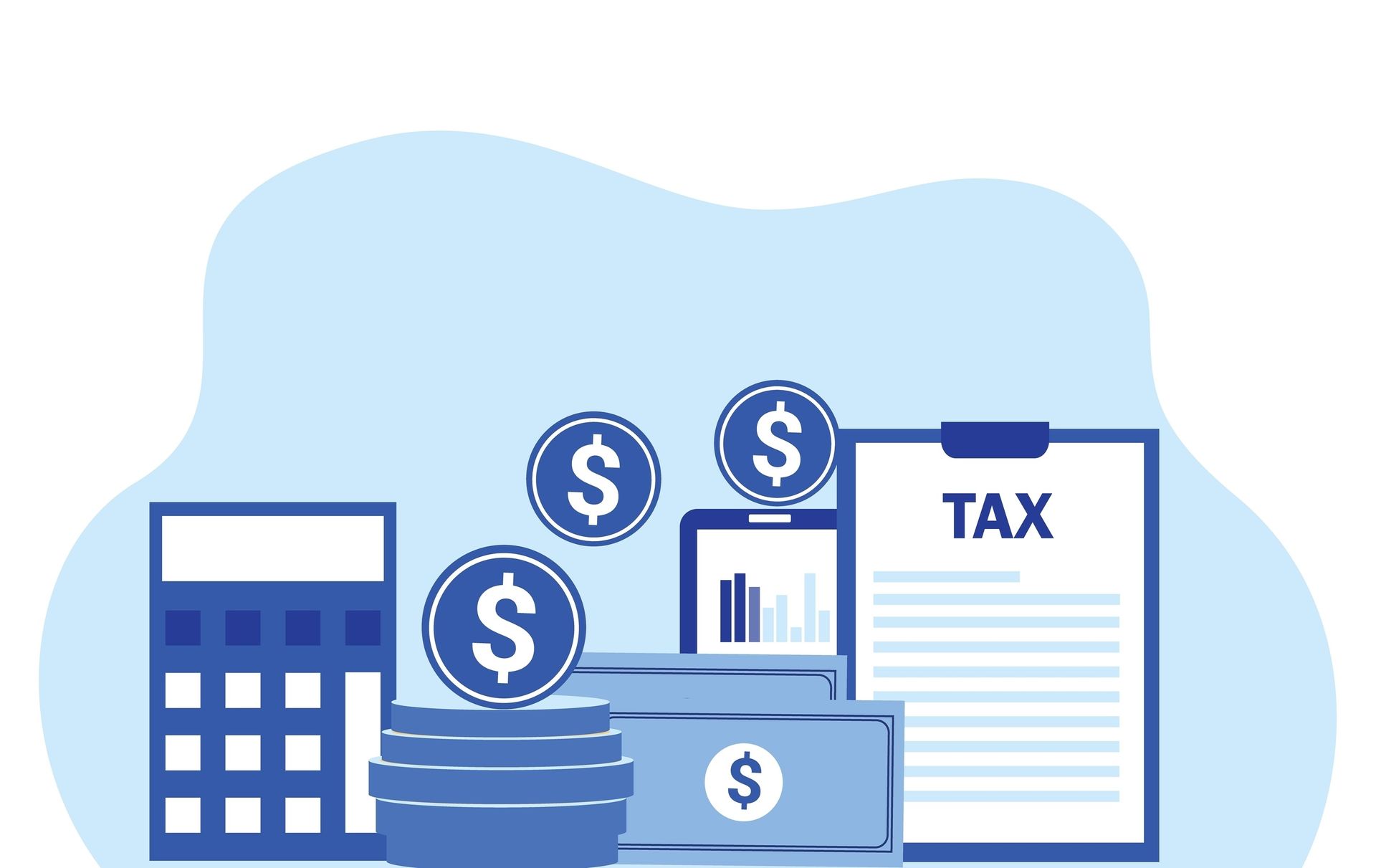The Bond Market Corner – Winter 2020

An uptick in economic activity caused bond yields to tick up modestly during the fourth quarter. In contrast to some foreign economies, US consumer and business spending rebounded. The Federal Reserve lowered interest rates for the third time; the Fed Funds rate is now at 1.5-1.75%. Despite strong labor markets, inflation remains under control and within the Fed’s 2% target range.
As would be expected, equity markets did well in the quarter with indices continually setting new highs, again in response to the improved economy. This was in spite of slower growth elsewhere in the world and continued trade tensions with China. The yield curve or the difference between long term and short term rates widened to positive spreads from inverted or negative levels earlier in the year. For example, earlier in the year the 10-year treasury actually yielded 15 basis points less than the two-year.
At year end this spread was plus 34 basis points, quite a dramatic reversal. As we have previously discussed, inverted curves are often a precursor to recessions: if a slowdown is expected then rates can be expected to decline and investors will want to lock in the yield on long term rates. The return to a positive slope makes the risk of recession lower. Currently the economic expansion is entering its second decade, unemployment is at a 50-year low and stocks are near record highs.
This trend has been sustained by central bank largess. For equity markets to continue moving higher, it will require central banks to continue providing stimulus when needed. However, options are now more limited for the world’s central banks as interest rates are already low or negative in many countries. In fact, the Fed signaled at its latest meeting in December that it is unlikely to lower rates next year. In essence, the risk of recession has been postponed not eliminated. At the end of the year, the 10-year US treasury yield stood at 1.92% compared to 1.67% at the end of the 3rd quarter.
During the quarter, companies and countries took advantage of low rates to issue record amounts of bonds which helped to satisfy investors’ appetite for yield. The rebound in treasury yields has mirrored a pullback from other haven assets such as gold, utilities and other dividend paying stocks. With a partial China trade deal, three Fed interest rate cuts which are working their way through the system and strong employment there remains room for equity markets to continue improving. Corporate bonds proved especially strong in 2019. Investment grade bonds returned well over 10% in most categories and high yield debt gained even more. This was the result of the narrowing in yield spreads between corporate bonds and treasury securities reflecting investors’ willingness to take more risk.
Looking forward, it is not likely interest rates will decline in 2020. However, given the age of the business cycle and less potential central bank support it is likely the economy could hit a speed bump. Therefore, we do not expect rates to increase significantly either.
A closer look at negative interest rates
Interest rates in many countries including the US have hit historic lows in this business cycle. Many countries have rates that are in negative territory. This recent experience with negative interest rates has had both positive and negative effects. Sweden’s central bank, the Riksbank, recently moved its key deposit rate to 0% from -.25%. This is the first central bank to move rates into positive territory from negative. The Riksbank was also one of the first banks to charge banks to hold their deposits by instituting negative rates in 2015. While rates are still negative in countries such as Germany and France, they are inching slowly toward positive territory. With the potential for the era of negative rates to end, it is instructive to see how they have impacted world economies.
On the positive side, subzero rates have stimulated economies by forcing commercial banks to lend at low rates rather than keep their money in central banks earning nothing or even paying to keep their money there. Negative rates have also helped boost a country’s exports by weakening its currency thereby making its exports more affordable. On the other hand, negative rates can crimp bank profits by making it less attractive to make loans. In fact, any financial company such as insurers or pension funds with long term liabilities will be adversely impacted because they are not able to earn the assumed returns necessary to meet their liabilities. Individuals saving for retirement are also hurt with sub-zero interest rates.
These short term impacts are clear. Longer term, negative rates can be counterproductive by helping extend the life of unproductive companies. And with lower borrowing costs, there is the potential buildup of excessive debt which increases risks across the economy.
The full impact of negative rate policies may not be known for many years. What is clear is that in the short term, economies have been helped by negative rates while financial companies and individuals have been hurt. The longer term impact is still to be determined.
About The Author
James K. Ho
Jim has over thirty years of investment management experience. He is a Managing Director and Principal of the firm. Prior to West Branch Capital, Jim was a fixed income Portfolio Manager at John Hancock Advisors. Previously, he managed the John Hancock Tax Exempt Income Trust. Prior to joining John Hancock Advisors, Jim was a Senior Investment Officer at The New England (MetLife), where he managed multiple bond portfolios, including taxable and tax exempt mutual funds and separate accounts. Jim holds an M.B.A. from Columbia University, New York, as well as an M.S. in Applied Math and B.S. in Applied Math and Economics from the State University of New York at Stony Brook. He is a Chartered Financial Analyst and a member of the Boston Society of Security Analysts.
Recent Articles

Categories



